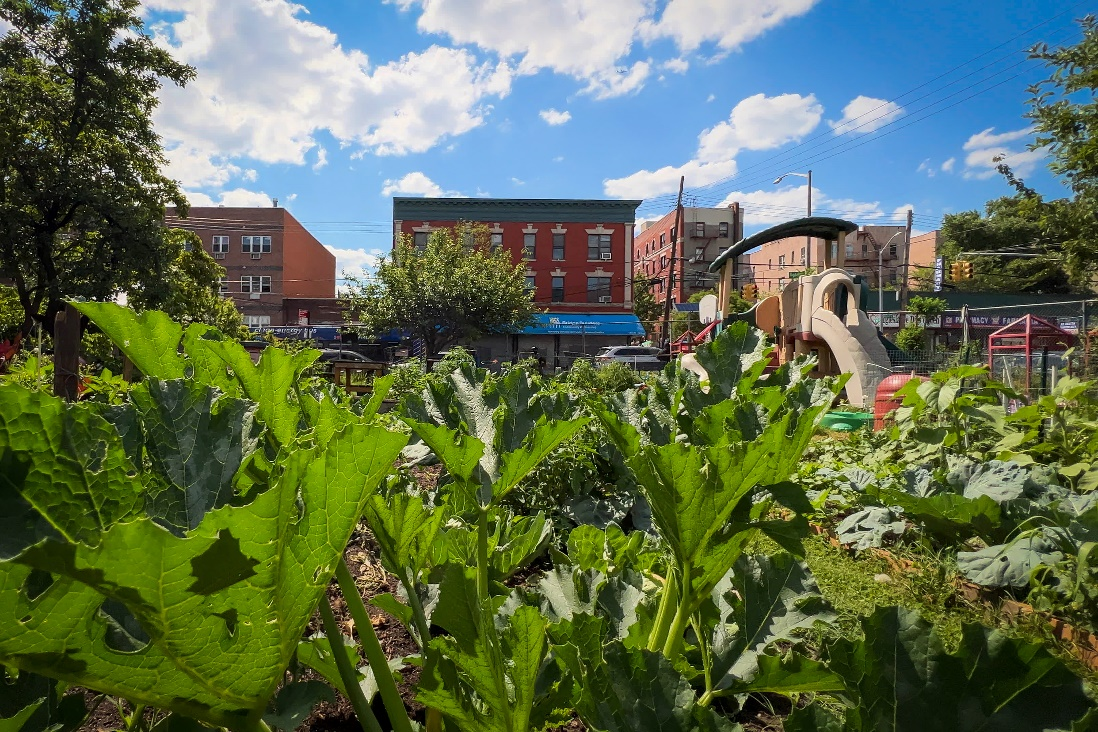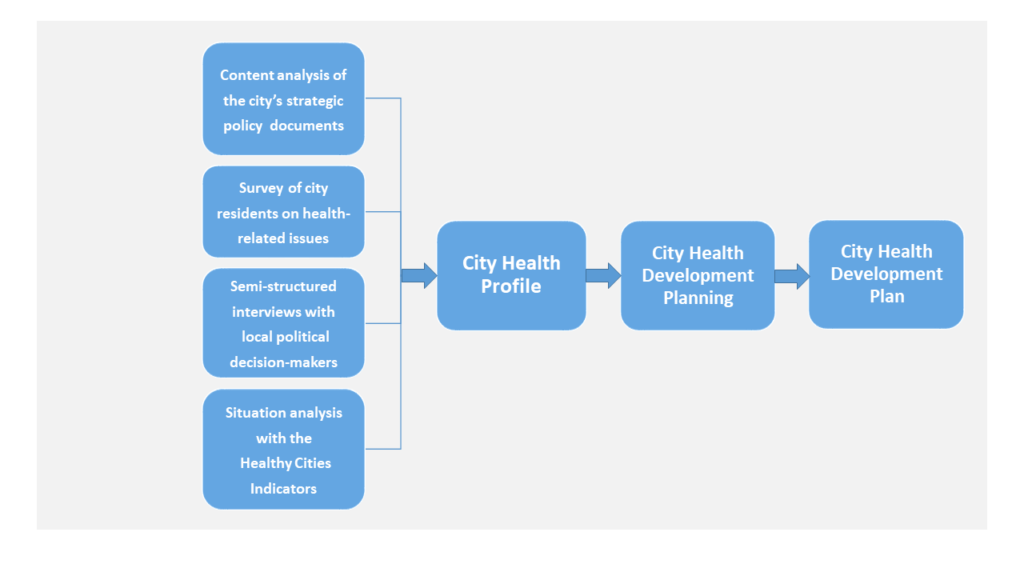City Know-hows

Health impact assessments are a key tool to bridge the worlds of planning and health, but there’s a risk they become a ‘tick box’ exercise with little real-world benefit. Learning from recent practice in English local authorities can help maximise their effectiveness in producing healthier developments.
Share
Target audience
City planning and public health officers, developers and consultants responsible for commissioning or undertaking health impact assessments on new projects.
The problem
The built environment has a big impact on health and wellbeing. Health impact assessments are one tool used to deliver healthier developments, involving assessing the likely impact of a development project on health. They are used globally and increasingly in England, but we know relatively little about how this is going in practice. We also need to know how they interact with urban planning decision-making processes to deploy them most effectively.
What we did and why
We conducted interviews with stakeholders involved in planning projects: city public health officers, health impact assessment consultants and a national policymaker. A variety of perspectives were sought to give a more rounded view of how things work. Some locations chosen had been using health impact assessments for some time, while were newer to using health impact assessments. Insights from policy theory and health impact assessment theory were used to make sense of the data.
Our study’s contribution
Stakeholders consider health impact assessments a valuable, if limited, tool to improve health and address inequalities. Health impact assessments work by forcing change on developers through regulation, but more so by persuading developers of the case for healthier places to improve the health impact of developments voluntarily. This account can help stakeholders involved in health impact assessments understand and manage the process more effectively. The paper suggests ways to overcome key barriers to the effective use of health impact assessments.
Impacts for city policy and practice
City public health officers should:
1. Make sure health impact assessments are part of a wider health placemaking strategy based on a good understanding of how health impact assessments work to produce health. This means thinking hard about how to use the lever of health impact assessment to generate constructive dialogue between stakeholders, including developers and the community.
2. Focus on building understanding and relationships with planners first, and externally with developers and health impact assessment practitioners
3. Build in monitoring and evaluation of health impact assessments.
Further information
For further information:
Public Health England Health Impact Assessment guidance – provides a simple how-to for city officers on implementing Health Impact Assessments (England focus).
Research on Health Impact Assessments in planning practice in England – practical research reviewing a sample of Health Impact Assessments and drawing lessons.
Town and Country Planning Association – organisation with an active workstream on health and planning which produces resources and research (England focus).
Full research article:
Related posts

Let’s make our cities health-supporting settings! Hungarian members of the WHO European Healthy Cities Network have developed a city health planning methodology based on two decades of fieldwork. It offers a solution for health experts and decision-makers to bridge the gap between local health needs and challenges in implementing community health initiatives.

New ways of integrating indigenous knowledge in landscape architecture design

Understanding of the influence of local political actors helps to highlight where their influence is limited, particularly by national-level housing policy, which in the UK is focused on housing numbers, rather than quality of new homes, as well as financial viability and public opinion. Understanding this can help to build trust in the political processes of decision-making and inform interventions for healthier place-making.